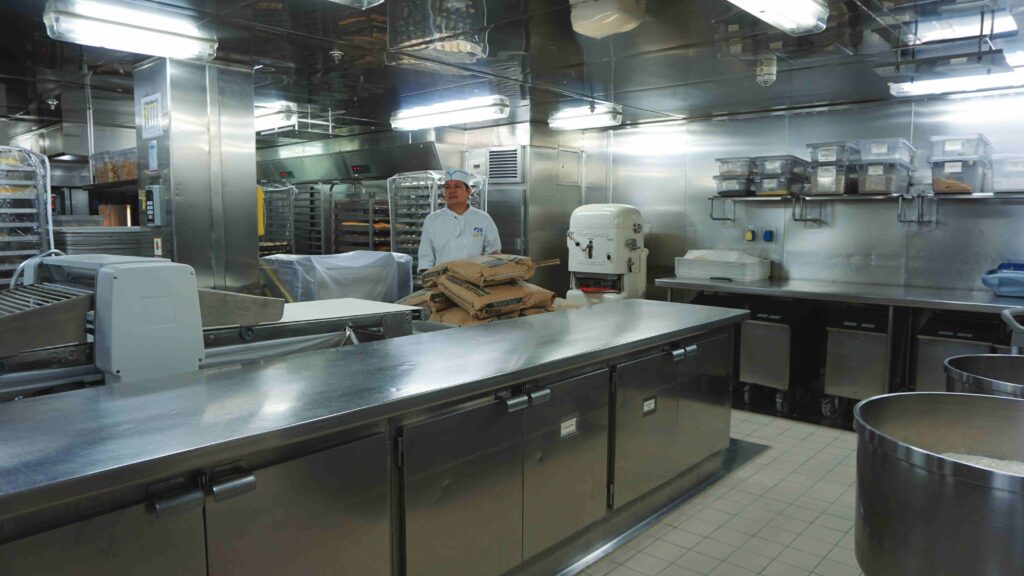
Having gathered expertise in India and abroad, Murli Krishna, Independent Consultant in the food servicing industry, highlights some essential insights on the sectoral approach towards food safety and hygiene in Asia as compared to the West.
The food manufacturing and serving facility needs to be designed well as this is critical to its optimal functioning. The first aspect to be considered for a new facility is location. A facility should never be too far from the source of its ingredients as it saves on transportation costs and ensures that supplies stay fresh. Location, whether in urban, semi-urban or rural, also helps identify the kind of pests in the area that need to be controlled outside of the facility.
The layout of a food facility design is next. A facility should flow smoothly in a single, streamlined direction, from the beginning of the process till the end. This layout will allow staff to be more efficient and help avoid accidents and potential contamination.
Sanitation stations at all entrances which include lockers, changing areas and hand washing stations that all employees must go through before entering the production area can significantly reduce the risk of introduction of harmful bacteria into the production facility. Temperature and health checks in these areas are also recommended.
Selecting the right material for floors and walls is another imperative area, as the facility requires easy-to-clean surfaces, unlike the materials used in residential properties. Concrete flooring coated in a durable epoxy or polyurethane resin will allow staff to clean and sanitise the floor frequently and concrete masonry blocks with a block sealer or vertical insulated metal panels are recommended for walls. Proper floor drainage systems like slot and trench drains help manage wastewater to prevent the growth and spread of bacteria. Investing in suitable, quality equipment will help minimise chances of equipment failure. The right equipment will feature a stainless-steel construction that is more resistant to bacteria and should be easy to clean and maintain with clean-in-place compatibility (not having to move it around).

Food facilities need to include cleaning stations in their design. By placing these stations strategically throughout the facility, staff can quickly get to them to clean up a mess using cleaning tools like mops, brooms, water hoses and cleaning agents. Signages, user manuals, fire extinguishers and phones would help employees handle critical situations and ensure safety of the facility. Personal Protective Equipment (PPE) for employees from hair nets to shoe coverings in the production area are a must. Changing PPE after using the restroom is also ideal for preventing bacteria from getting into the production area.
Food safety culture in an organisation needs for all employees to move in unison towards implementing hygiene procedures and must be driven by the top management.
 CIJConnect Bot-enabled WhatsApp
CIJConnect Bot-enabled WhatsApp









